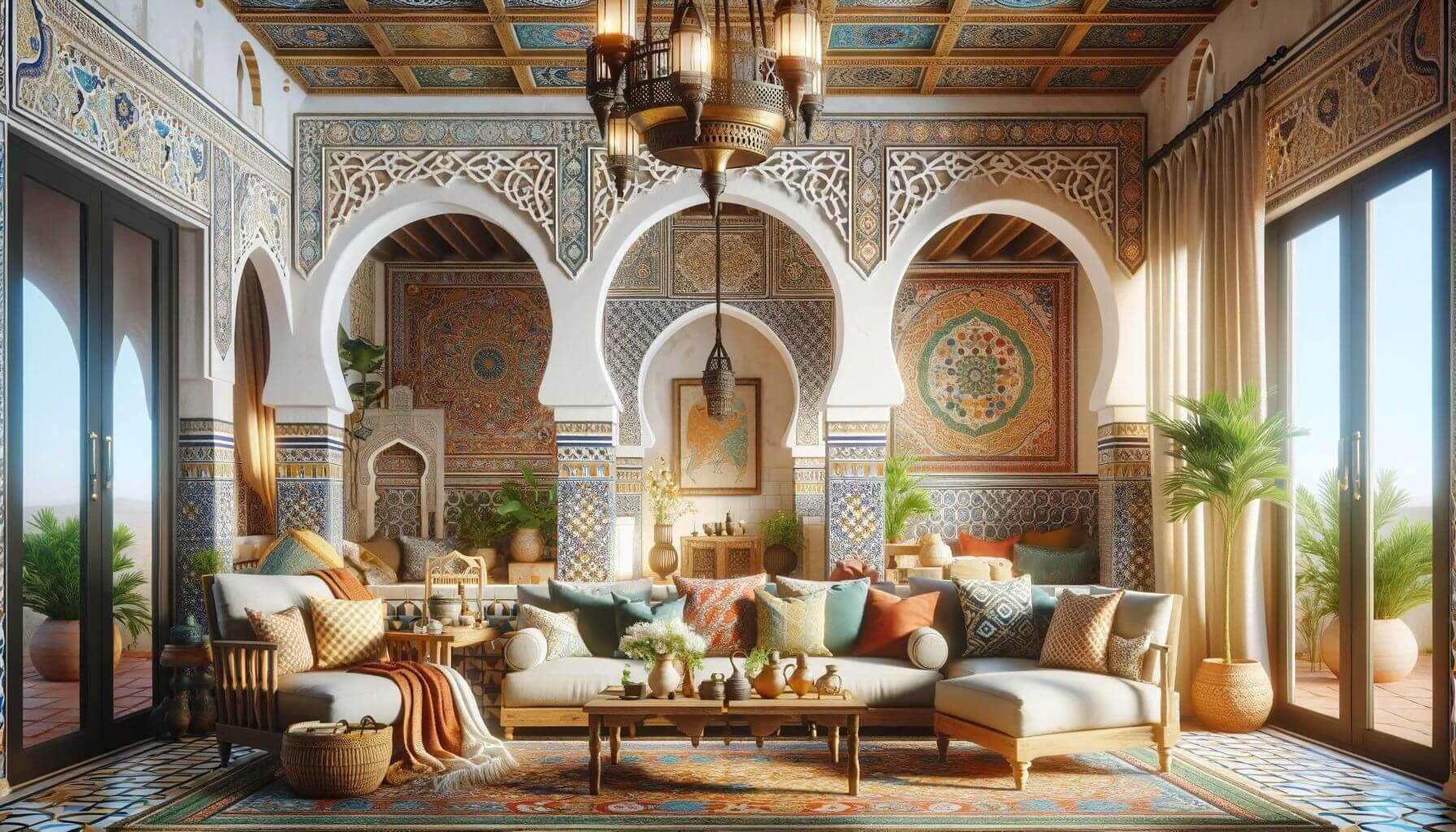
Blending Arabic home design with Mediterranean style creates a unique and captivating aesthetic. This fusion combines the ornate details of Arabic architecture with the relaxed, sun-drenched ambiance of Mediterranean decor. Let’s explore how to achieve this harmonious blend in your home.
Understanding the key elements
Before diving into specific design tips, it’s important to understand the key elements of both Arabic and Mediterranean styles. Arabic design is characterized by intricate patterns, arched doorways, and rich textiles. Mediterranean style, on the other hand, features warm colors, terracotta tiles, and a focus on outdoor living.
Mediterranean style often incorporates elements from various cultures around the Mediterranean Sea, including Arabic influences. This natural overlap makes blending these two styles a seamless process.
Choosing a color palette
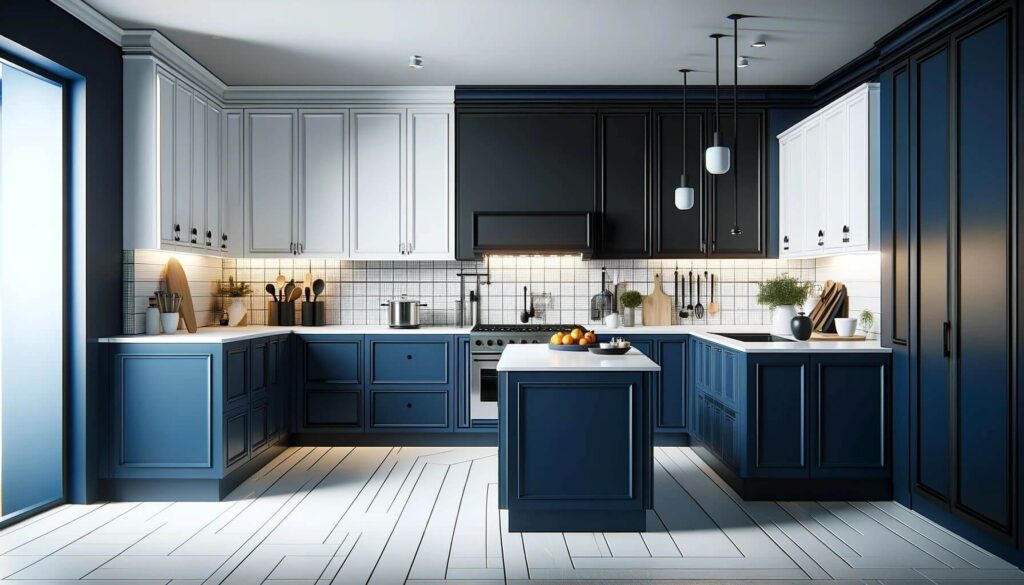
The color palette is crucial in blending Arabic and Mediterranean styles. Both styles favor warm, earthy tones. Start with a base of neutral whites and creams, then add pops of vibrant colors like deep blue, rich red, and golden yellow.
Consider incorporating the blue hues of the Mediterranean Sea. You can find inspiration in our guide on how to infuse blue into your white kitchen. These principles can be applied throughout your home to create a cohesive look.
Incorporating intricate patterns
Arabic design is known for its intricate geometric patterns. Incorporate these into your Mediterranean-style home through tiles, textiles, and wall art. Moroccan-inspired tiles can be used as a kitchen backsplash or bathroom floor.
For a striking outdoor feature, consider a patio water fountain design with Arabic-inspired patterns. This can create a beautiful focal point in your Mediterranean-style outdoor space.
Embracing archways and curved lines
Both Arabic and Mediterranean architecture feature arched doorways and windows. Incorporate these curved lines into your home design. If structural changes aren’t possible, consider adding arched mirrors or artwork to create the illusion of these architectural features.
Focusing on natural materials
Both styles emphasize the use of natural materials. Incorporate wood, stone, and terracotta throughout your home. Consider stone walkway design ideas for your outdoor spaces to blend these styles seamlessly from inside to outside.
Creating an indoor-outdoor flow

Mediterranean style is all about embracing outdoor living. Create a seamless flow between your indoor and outdoor spaces. Consider adding a pergola with Arabic-inspired details to your patio or garden.
Incorporating water features
Water features are common in both Arabic and Mediterranean design. A fountain or small pool can add a sense of tranquility to your home. For inspiration, look at our ideas for front yard landscape fountains.
Choosing the right furniture
Furniture plays a crucial role in blending these styles. Look for low-slung seating with plush cushions, reminiscent of traditional Arabic floor seating. Pair this with rustic Mediterranean-style wooden tables.
Consider rattan furniture for a Mediterranean touch. Its natural texture complements the warmth of Arabic design elements.
Adding textiles and soft furnishings
Textiles are a key element in both styles. Layer rugs, cushions, and throws in rich patterns and textures. Look for kilim rugs, embroidered cushions, and silk throws to add an Arabic touch to your Mediterranean-inspired space.
Lighting for ambiance
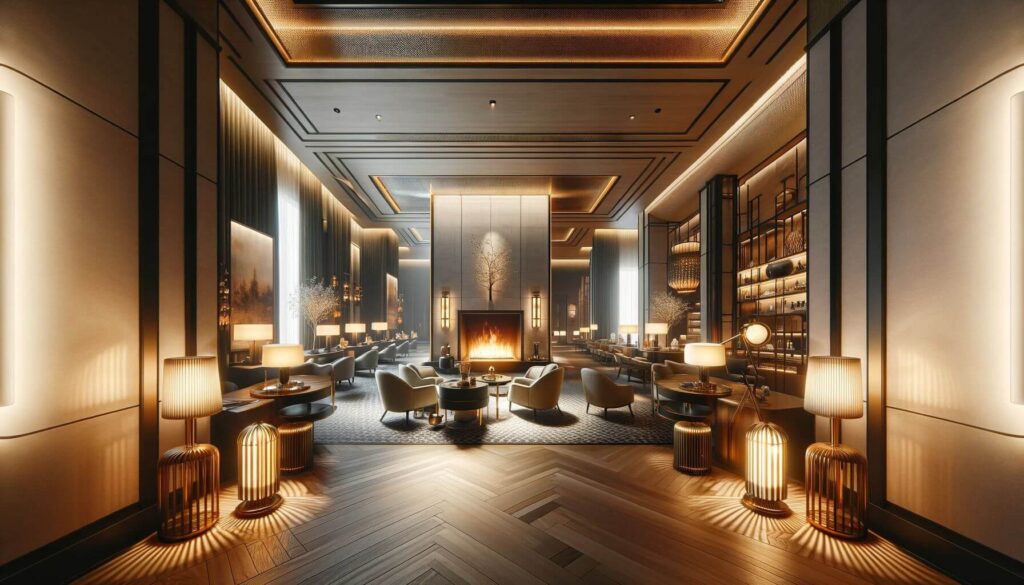
Lighting is crucial in creating the right ambiance. Arabic-inspired lanterns can add a beautiful glow to your Mediterranean-style home. Consider design Mediterranean lighting ideas for a perfect blend of both styles.
Creating a relaxing bedroom oasis
The bedroom is a perfect place to blend these two styles. Start with a neutral base and add rich textiles and intricate patterns. A canopy bed with sheer curtains can add a touch of both Arabic luxury and Mediterranean romance.
For seasonal updates, look at our guide on how to decorate bedroom autumn. Many of these cozy elements can be adapted to suit the Arabic-Mediterranean style.
Designing an inviting living room
In the living room, balance is key. Combine low-slung Arabic-style seating with Mediterranean-inspired accessories. A large, ornate mirror can serve as a focal point, reflecting light and making the space feel larger.
Crafting a stunning kitchen
The kitchen offers many opportunities to blend these styles. Consider using Moroccan tiles for your backsplash and pairing them with rustic Mediterranean-style wooden cabinets. For inspiration, look at our kitchen remodeling expert tips.
Transforming your bathroom
In the bathroom, combine ornate Arabic mirrors with Mediterranean-inspired tiled floors. A hammam-style shower area can add a luxurious touch. Consider using Mojave tumbled pebble mosaic for a natural, Mediterranean feel.
Designing outdoor living spaces
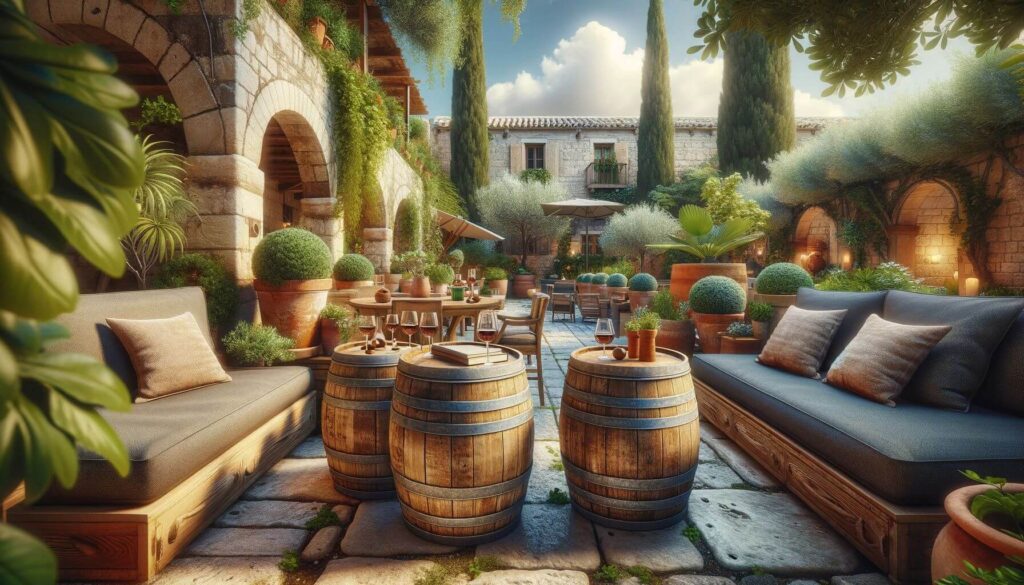
Outdoor spaces are crucial in both Arabic and Mediterranean design. Create a Mediterranean outdoor space with Arabic touches. Consider adding a Moroccan-inspired tea nook to your patio.
Incorporating Islamic art
Islamic art is a beautiful way to add Arabic influence to your Mediterranean-style home. Look for calligraphy pieces or geometric art to hang on your walls. These can serve as stunning focal points in any room.
Adding greenery
Both styles emphasize the importance of nature. Incorporate lush plants throughout your home and outdoor spaces. Palm trees, olive trees, and citrus plants can add a Mediterranean touch, while jasmine and rose bushes nod to Arabic gardens.
Creating a welcoming entryway
First impressions matter. Create a welcoming entryway that sets the tone for your Arabic-Mediterranean home. Consider an arched doorway with intricate detailing and a tiled floor. Add a small fountain for a soothing welcome.
Designing a luxurious dining area
The dining area is perfect for showcasing the blend of these styles. A large, rustic wooden table paired with low, cushioned seating creates a perfect balance. Hang an ornate chandelier above for a touch of Arabic opulence.
Incorporating traditional crafts
Both Arabic and Mediterranean cultures have rich craft traditions. Incorporate handmade items like ceramic plates, woven baskets, and metalwork into your decor. These pieces add authenticity and character to your space.
Balancing ornate and simple elements
While both styles can be quite ornate, it’s important to balance these elements with simpler pieces. This prevents the space from feeling overwhelming. A plain white wall can serve as a beautiful backdrop for an intricate Arabic-inspired mirror, for example.
Using aromas to enhance the ambiance
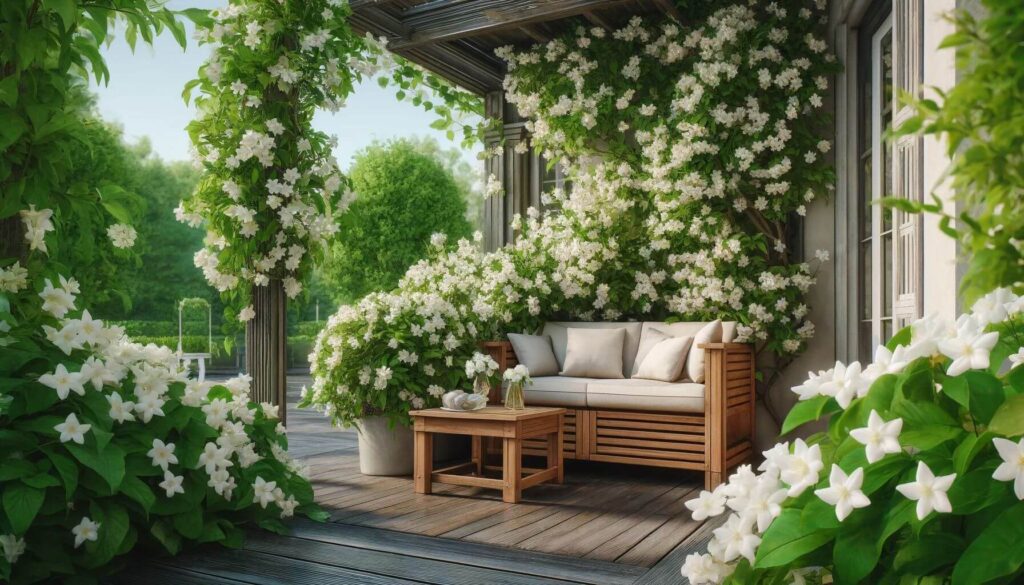
Scent plays a crucial role in creating ambiance. Use essential oils like jasmine, rose, and citrus to evoke the feel of Arabic and Mediterranean spaces. Consider using a traditional Arabic incense burner as a decorative and functional piece.
Creating cozy nooks
Both styles emphasize comfort and relaxation. Create cozy nooks throughout your home for reading, meditation, or simply enjoying a cup of tea. Our guide on how to create a cozy reading nook can provide inspiration.
Designing a serene home office
If you work from home, consider how to incorporate Arabic-Mediterranean elements into your office space. A wooden desk with Arabic-inspired carved details paired with a comfortable Mediterranean-style chair can create a beautiful and functional workspace.
Incorporating water-resistant elements
Given the emphasis on indoor-outdoor living in Mediterranean style, it’s important to choose materials that can withstand exposure to the elements. Consider waterproof outdoor flooring design ideas for areas that bridge indoor and outdoor spaces.
Adding warmth with a fireplace
A fireplace can be a beautiful focal point in an Arabic-Mediterranean style home. Consider a marble fireplace with Arabic-inspired tile surrounds for a stunning blend of both styles.
In conclusion, blending Arabic home design with Mediterranean style creates a unique and inviting aesthetic that celebrates the rich cultural heritage of both traditions. By carefully selecting colors, patterns, materials, and decorative elements, you can create a harmonious space that feels both exotic and comfortably familiar. Remember, the key is to balance ornate Arabic details with the relaxed, sun-drenched feel of Mediterranean design. Whether you’re redesigning your entire home or simply adding a few new elements, this blended style offers endless possibilities for creating a beautiful and welcoming space.



